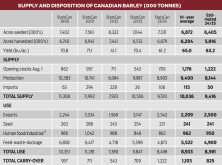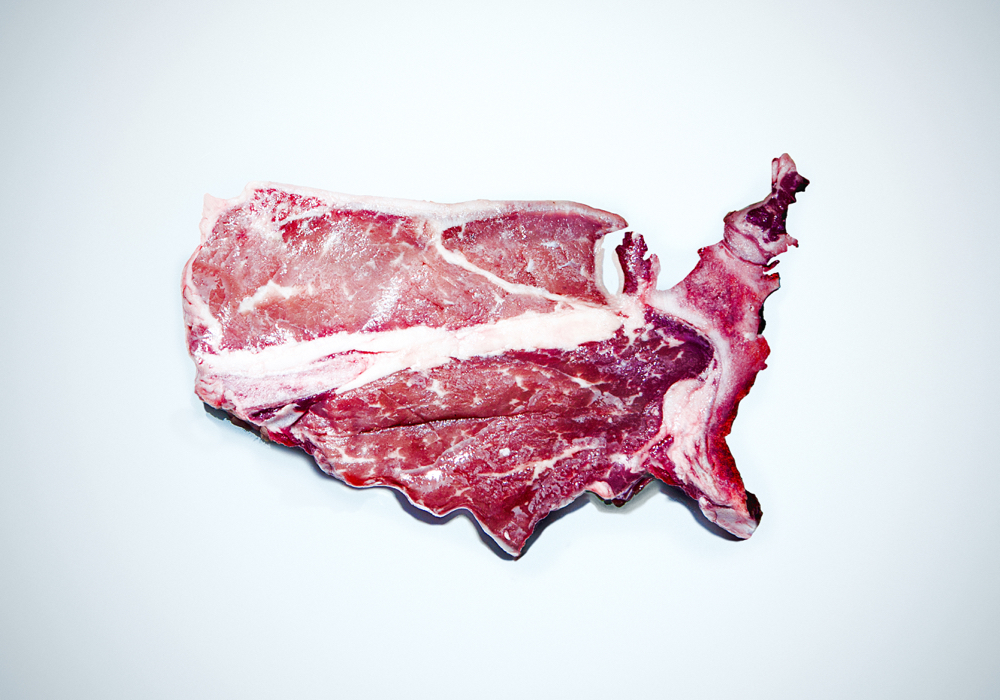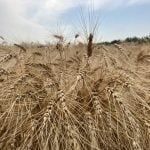Reality often tempers optimism in most parts of one’s life. When my newsletter’s website crashed in late January, I hoped a new one would be up and running in about two weeks. It took five weeks and more blood, sweat and tears than I had bargained for.
This year began with much promise for the U.S. beef industry, especially at the ranch and feedlot levels. Cattle numbers were down and beef demand had remained strong through 2023. Demand held up for the first two months of this year. But concerns then began to grow that it might weaken because retail beef prices were well above year-ago levels in February and were likely to increase in April.
USDA’s All Fresh beef price in February averaged US$7.83 per pound, up two cents from January and up 8.3 per cent from February last year. The Choice price averaged US$8.08 per pound, the same as January’s price but up 6.5 per cent from last year. In contrast, pork prices averaged US$4.76 per pound, down 0.2 per cent from last year, and chicken prices averaged US$2.37 per pound, down 2.1 per cent. The price divergence between beef and the competing proteins is a red flag for beef demand, say analysts.
- MORE ‘Prime Cuts’ with Steve Kay: Weather having devastating effects on U.S. cattle producers
Meanwhile, cash live cattle prices the last week of March declined for the first time in six weeks. Prices fell after a selloff in the futures market, largely because of reports of the bovine influenza A virus that struck several dairy herds. At time of writing, two people in the U.S. had contracted the virus (one dairy worker and one in 2022 who was exposed to infected poultry). The reports also caused the April contract the following Monday (April 1) to plummet 492 points to close at US$180.07 per cwt. April 5 saw yet another selloff, with April closing at $278.37 per cwt. The April contract closed on March 21 at US$188.37 per cwt, so it had lost exactly US$10 in 10 trading days.
Read Also

The Canadian Cattle Association’s international advocacy efforts
Global ag policies affect Canadian food policy, so the Canadian Cattle Association participates in international and domestic forums
This definitely did not bode well for cash live cattle prices during April. The sizeable positive basis between cash (they averaged US$188.23 per cwt live the last week of March) and futures prices will favour those with hedged cattle. As in times past, their acceptance of lower cash prices will keep a tight lid on cash prices in the open market.
Cattle feeders won’t gain any respite from the large number of cattle on feed. Feedlot placements in February were record high for the month. The total of 1.89 million head was 9.7 per cent above February last year. February marketings at 1.793 million head were down 1.1 per cent on the previous year after taking one extra slaughter day into account. The March 1 cattle-on-feed total of 11.838 million head was up 1.3 per cent on last year and was 153,000 head higher than a year ago.
Ominously, lower-than-required weekly harvest levels continue to add to the front-end fed cattle supply. This loading to the front end is projected to continue into the late summer, says Andrew Gottschalk, HedgersEdge.com. He forecasted the number of cattle on feed 150 days or more on April 1 to be up 17 per cent on last year and up nine per cent on September 1.
Meanwhile, sharply reduced beef production fails to halt renewed weakness in beef cutout values. I cannot recall a time when weekly steer and heifer slaughter was this low for the January-March quarter. The estimated total for one week was only 466,000 head. The reason for this, as it has been all year, was not a lack of cattle. It was negative packer margins, in part caused by weak beef demand. The start of the grilling season in the U.S. cannot come soon enough.
















